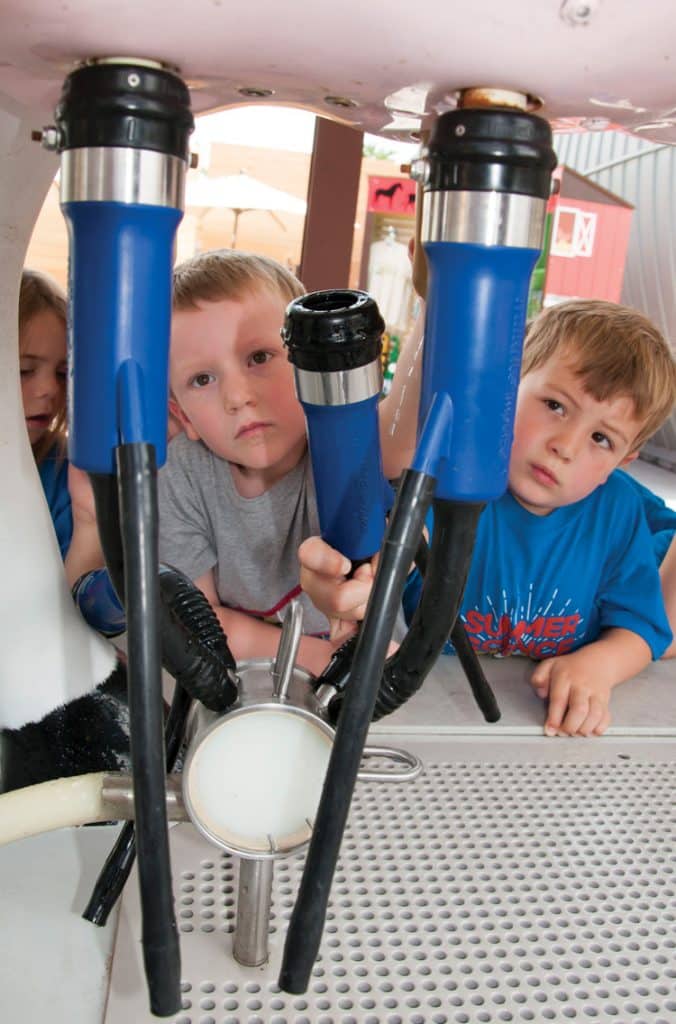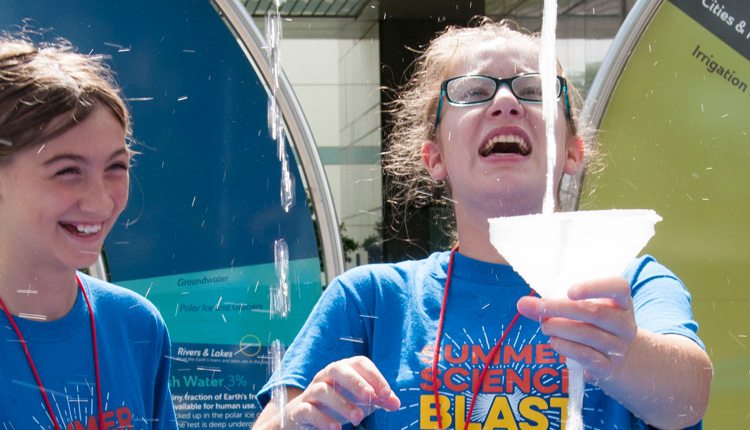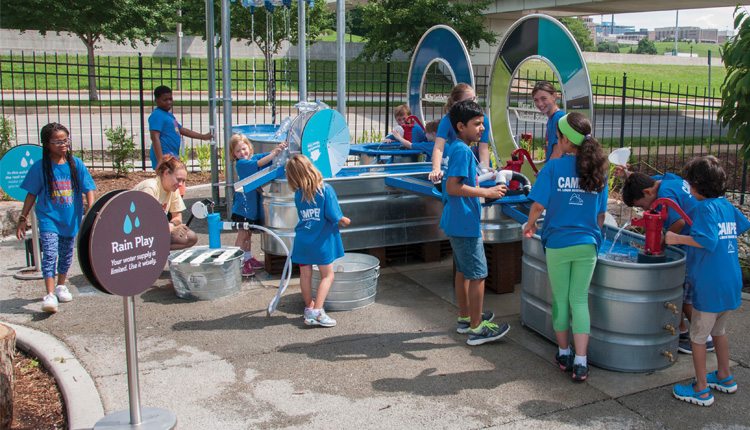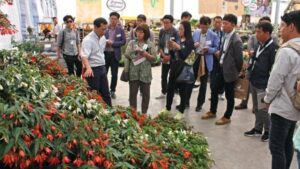Seed World got a first-hand look at one of the newest efforts to engage and teach the public about plants, science and agriculture.
An innovation hub, St. Louis is home to more than 750 plant science researchers. With a metropolitan population exceeding 2.5 million people, the city that serves as the Gateway to the West provides the perfect opportunity for those in agriculture to engage and connect with everyday Americans.
And that was the impetus behind the St. Louis Science Center’s newest $7.3 million exhibit that explores the journey of food, featuring hands-on activities and learning stations centered around plants, livestock, conservation and technology.
“There’s not another exhibit like this anywhere in the world that we know of,” says Bert Vescolani, St. Louis Science Center president and CEO. “Some science centers around the country have done something about farming, but nothing like this.”
As one might suspect, Monsanto was a major contributor to the exhibit, dedicating funds for the Grow Pavilion. The Grow exhibit, which spans more than one acre, really connects science with agriculture, shares Maddie Earnest, GROW exhibition manager.
For example: At the Ozone Garden, visitors are introduced to actual plant, botany and soil research that happens on site. Earnest explains that scientists are able to use the space for research and then have the opportunity to explain what they are doing with visitors. “These ‘lessons’ are then supplemented with activities,” adds Pamela Braasch, the center’s director of education.
At Botany Basics, and with the help of a giant sunflower, kids can learn about the inner workings of plants and how they harvest the Sun’s energy to grow and support life on Earth. Over in Farm Tech Field, they get to see how scientists and farmers use technology and the latest precision farming equipment to grow crops. At the Animal Corral, they can try their hand at milking and compare the digestive systems of a cow and a pig. Then there’s HomeGROWn, which features a flock of chickens, a garden and worms. Here, visitors can roll up their sleeves and get their hands dirty. There’s also a greenhouse and fermentation station.

“People come to the story of their food in various ways,” Earnest says. “Farmers markets are an entry point to food and farmers. But you’re not going to find a corn or soy or oat farmer there at a farmers market with their wares, so this science center provides that entry point.
“Every Saturday Barry, a farmer from Illinois, comes and stands next to the Case IH combine and talks about farming, the decisions he makes and answers all kinds of questions.”
Even though the GROW exhibit has been open less than a year, it’s already seen thousands of visitors.
Other major contributors include Case IH, Prairie Farms, Missouri Beef Industry Council, Missouri Farm Bureau, Bunge, Illinois Farm Bureau, the IAA Foundation, Missouri Forest Products Association, and the Missouri Rice Research and Merchandising Council. Support was also provided from the National Science Foundation.














